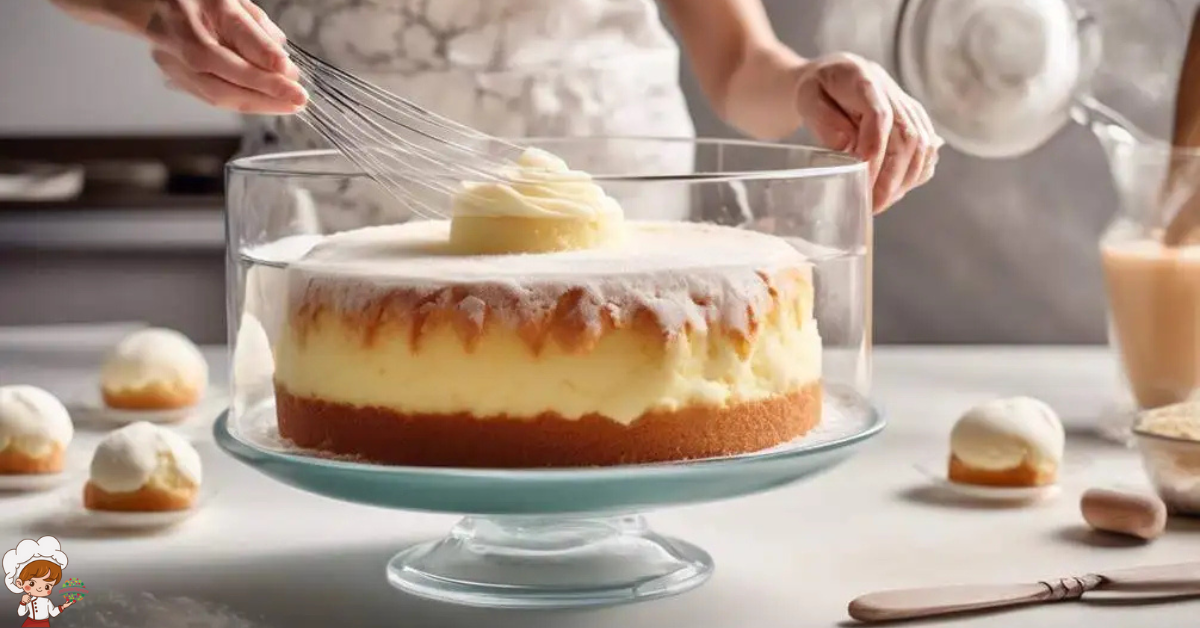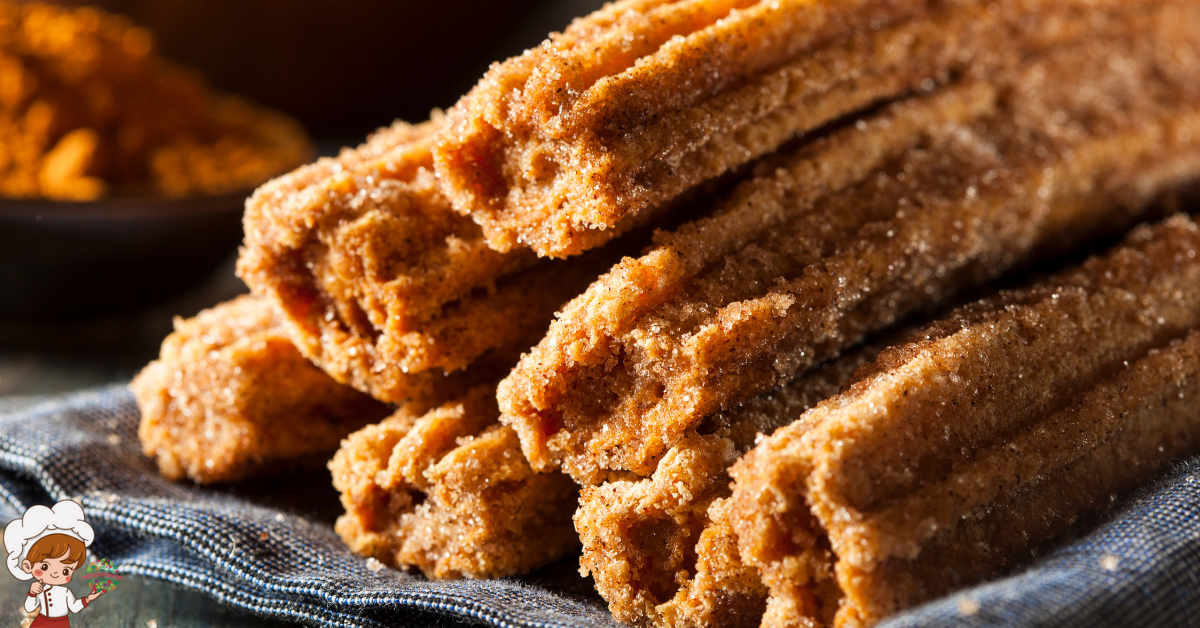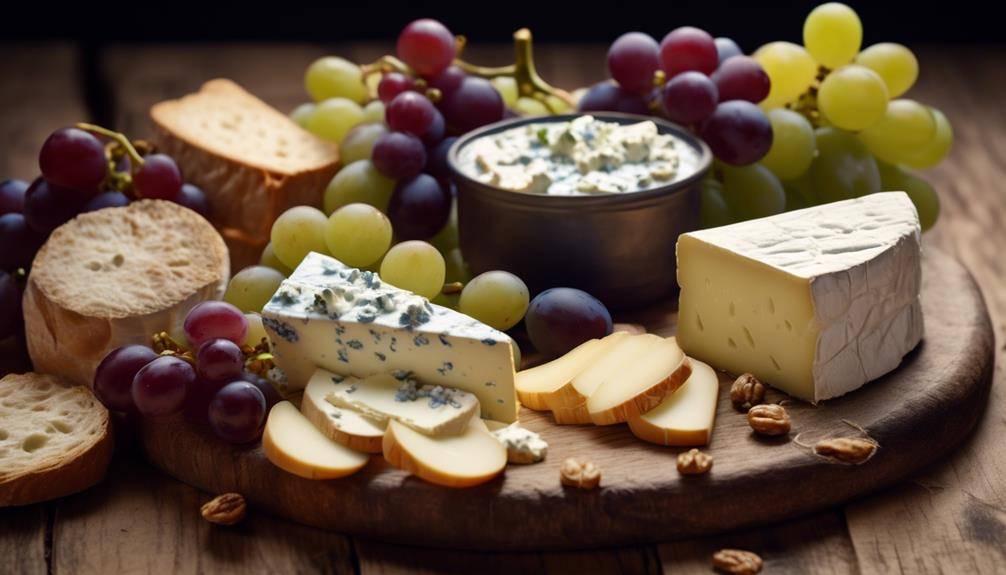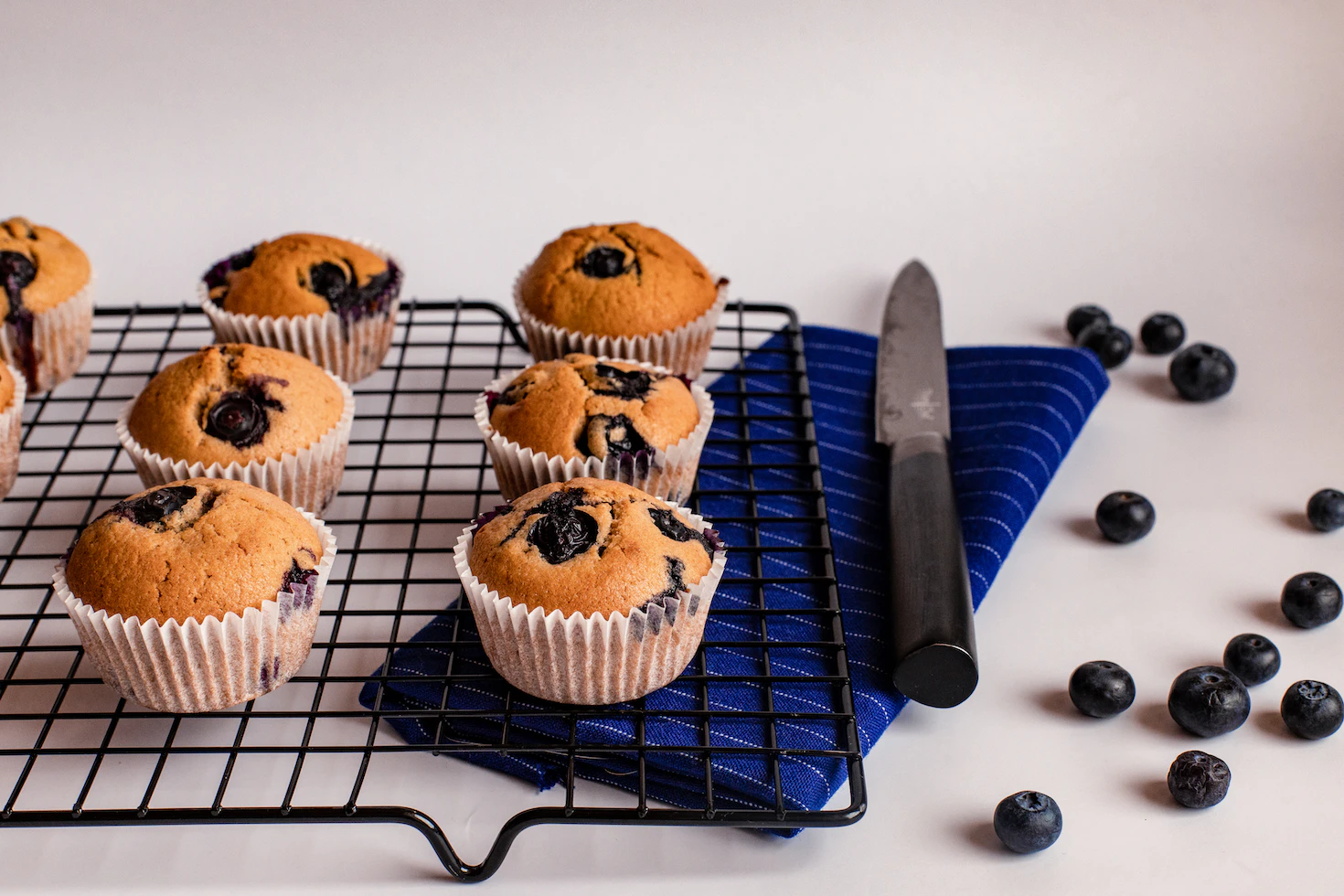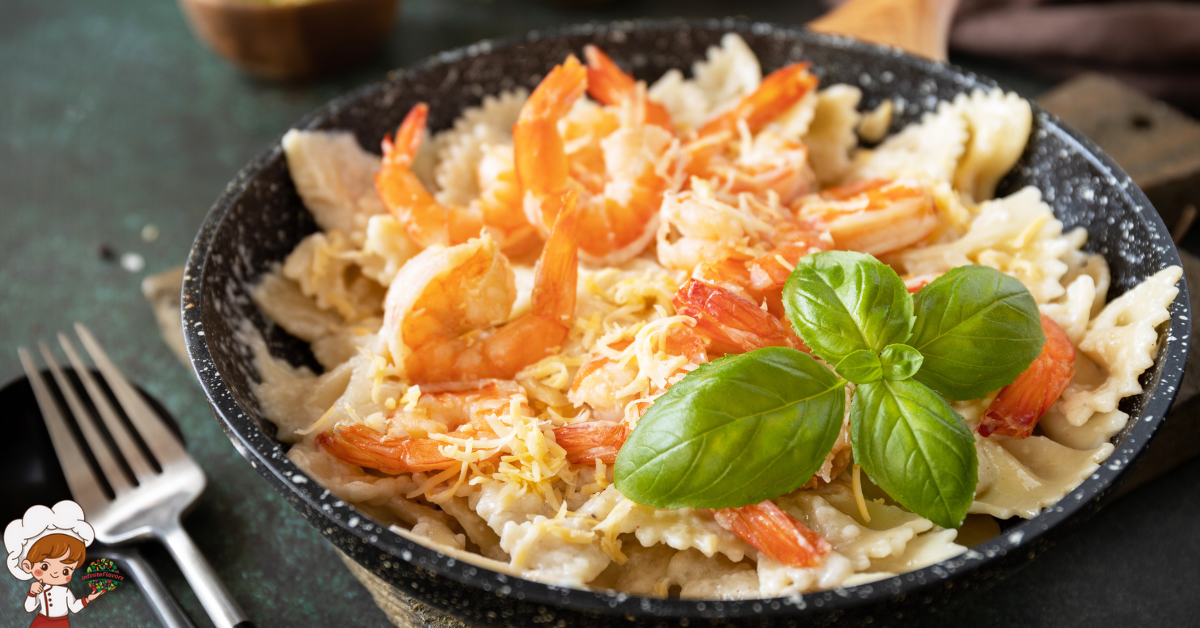The Best Baking Techniques For Pizza Dough
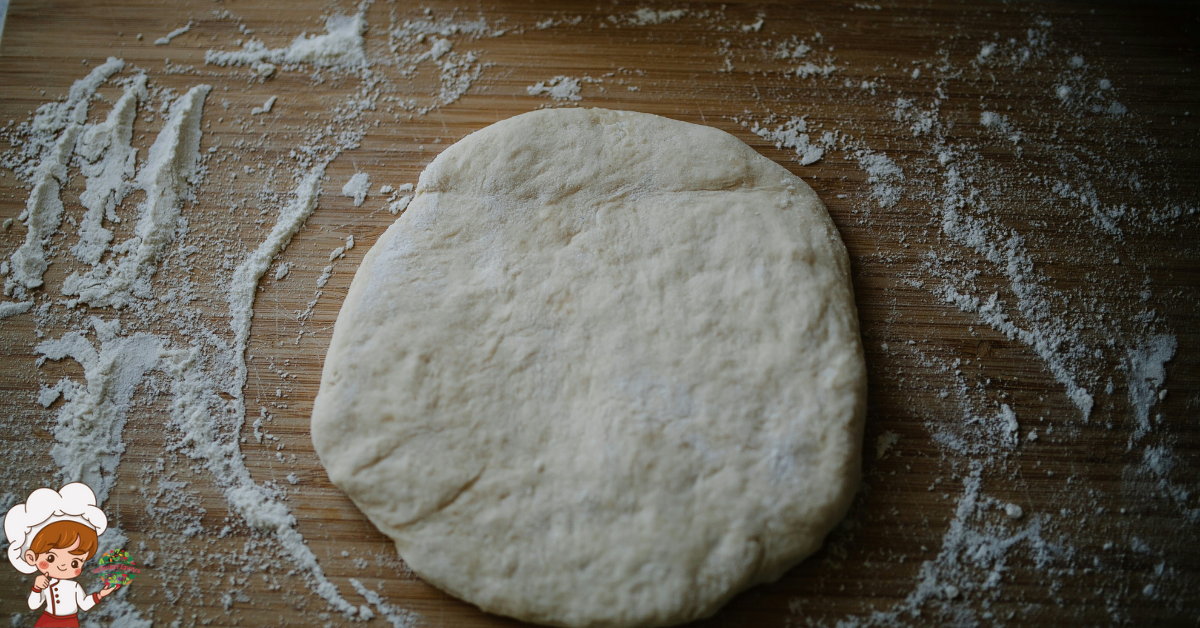
Baking Techniques For Pizza Dough; So, you think you know everything there is to know about pizza dough? Well, think again. Baking the perfect pizza crust is an art form that requires precise techniques and attention to detail. In this discussion, we will explore some baking techniques that will elevate your pizza game to a whole new level.
From choosing the right flour to mastering the stretching technique, we will unravel the secrets to achieving a crispy yet chewy crust that will leave you craving for more. But before we get ahead of ourselves, let’s start at the beginning – with the foundation of any great pizza – the dough. Stay tuned, because we’re about to uncover the key to creating pizza perfection.
Choosing the Right Flour
To create the perfect pizza dough, it is crucial to select the ideal flour that will give your crust the perfect balance of texture and flavor. When it comes to choosing the right flour for your pizza crust, you have a variety of options to consider. Different types of pizza crust call for different types of flour, each with its own unique characteristics and benefits.
If you prefer a thin and crispy crust, you’ll want to go for a flour with a lower protein content, such as all-purpose flour or Italian 00 flour. These flours have a lower gluten content, resulting in a lighter and more delicate crust. On the other hand, if you prefer a thicker and chewier crust, you’ll want to opt for a flour with a higher protein content, like bread flour. The higher protein content in bread flour creates a stronger gluten network, giving your crust that desired chewiness.
For those who have gluten sensitivities or allergies, there are gluten-free flour alternatives available. These flours, usually made from a combination of rice flour, tapioca flour, and potato starch, can be used to make a pizza crust that is just as delicious as its gluten-filled counterparts. They may require some additional ingredients and techniques to achieve the desired texture, but with the right recipe and method, you can still enjoy a tasty gluten-free pizza crust.
Properly Proofing the Dough
If you want your pizza crust to reach its full potential, mastering the art of properly proofing the dough is an essential step in the baking process. Proofing is the process of allowing the yeast in the dough to activate and ferment, creating those delicate air pockets that give pizza crust its light and airy texture. It’s all about achieving the perfect balance of yeast activation and temperature control.
To start, you need to activate the yeast. Yeast is a living organism that feeds on sugar and releases carbon dioxide, which is what causes the dough to rise. To activate the yeast, dissolve it in warm water and let it sit for a few minutes until it becomes frothy. This indicates that the yeast is alive and ready to work its magic.
Once the yeast is activated, it’s time to control the temperature. Yeast is most active at around 75 to 85 degrees Fahrenheit. If the temperature is too low, the yeast will work slowly and the dough won’t rise properly. If it’s too high, the yeast will die and the dough will be dense and heavy. The key is to find that sweet spot and maintain a consistent temperature throughout the proofing process.
Cover the dough with a damp cloth or plastic wrap and let it rise in a warm, draft-free place. This can be a slightly warmed oven or a countertop near a heat source. The dough should double in size, which usually takes about an hour or two, depending on the temperature.
Properly proofing the dough is crucial for achieving a light and airy pizza crust. By activating the yeast and controlling the temperature, you’ll create a dough that is full of flavor, with a perfect balance of chewiness and crispiness. So take your time, be patient, and watch as your pizza dough rises to perfection.
Preheating the Oven
Preheating the oven is a crucial step in achieving a perfectly cooked pizza with a crispy crust and melted cheese. To ensure that your pizza comes out piping hot and delicious, it is important to pay attention to the oven temperature and use the right baking equipment.
First and foremost, set your oven to the correct temperature as specified in your pizza recipe. Preheating the oven allows it to reach the desired temperature evenly, ensuring that your pizza cooks thoroughly and evenly. This step is essential in achieving a crispy crust that is golden brown and not undercooked or soggy.
When it comes to baking equipment, a pizza stone or a baking sheet is the ideal choice. A pizza stone helps to distribute heat evenly and absorb excess moisture, resulting in a perfectly cooked crust. If you don’t have a pizza stone, a baking sheet can also work well. Just make sure to preheat the sheet along with the oven to ensure even heat distribution.
Remember to place your pizza on a preheated baking stone or sheet. This will help the dough to cook from the bottom up, resulting in a deliciously crispy crust. If you prefer a softer crust, you can place the pizza directly on the oven rack. Just make sure to place a baking sheet on the rack below to catch any drippings or toppings that may fall.
Using the Right Baking Surface
For the best results in baking your pizza dough, selecting the right baking surface is crucial. The type of baking surface you choose can greatly impact the texture and taste of your pizza crust. One popular option is using a pizza stone. Pizza stones are made of natural materials like ceramic or clay, which absorb and distribute heat evenly. This helps to create a crispy crust with a chewy interior. There are different types of pizza stones available, such as cordierite, which is known for its durability and ability to withstand high temperatures. Another option is a cast iron pizza stone, which retains heat well and gives the crust a delicious, slightly charred flavor.
If you don’t have a pizza stone, don’t worry! There are alternative baking surfaces that can still yield great results. One option is a baking steel, which is a thick, flat piece of steel that heats up quickly and retains heat evenly. This can give your pizza crust a similar texture to a stone-baked pizza. Another alternative is a perforated pizza pan, which allows air to circulate underneath the pizza, resulting in a crispy crust.
When using any type of baking surface, it’s important to preheat it in the oven for at least 30 minutes. This will ensure that the surface is hot enough to quickly cook the pizza dough and give it a nice, golden color. Additionally, it’s a good idea to lightly dust the baking surface with cornmeal or flour to prevent the dough from sticking.
Mastering the Stretching Technique
Now let’s dive into the art of mastering the stretching technique for your pizza dough, which will take your homemade pizza to the next level. When it comes to creating the perfect pizza, dough elasticity is key. The ability to stretch the dough without tearing is essential for achieving that thin, crispy crust we all crave.
To start, make sure your dough has properly proofed. This allows the gluten in the dough to relax, making it easier to stretch. Gently punch down the dough and divide it into individual portions. Shape each portion into a ball and let them rest for a few minutes to allow the gluten to relax further.
When you’re ready to stretch the dough, lightly flour your work surface and your hands to prevent sticking. Begin by pressing down on the dough with your fingertips, starting from the center and working your way outwards. Use a gentle touch and gradually increase the pressure as you go. This will help to evenly distribute the dough and prevent any tears from forming.
As you stretch the dough, be mindful of the edges. They are more prone to tearing, so handle them with care. If you do happen to get a small tear, don’t worry. Simply pinch the edges together and continue stretching.
Achieving the Perfect Bake Time
To achieve the perfect bake time for your homemade pizza, it is essential to have a keen eye and a deep understanding of the dough’s transformation in the oven. Temperature control plays a crucial role in determining the ideal bake time for your pizza. The temperature of your oven should be preheated to a high heat, typically around 475°F to 500°F, to ensure a crispy and golden crust.
However, it is important to note that different types of ovens may require slight adjustments in temperature. Gas ovens, for instance, tend to retain heat more efficiently than electric ovens, so you may need to lower the temperature slightly. On the other hand, convection ovens circulate hot air, resulting in a faster and more even bake. Therefore, it is recommended to decrease the bake time when using a convection oven.
Achieving the perfect bake time also requires a careful observation of the dough’s color and texture. As the pizza bakes, the dough undergoes a remarkable transformation. It starts off soft and pliable, but as the heat penetrates the dough, it begins to rise and develop a beautiful golden hue. Keep an eye on the crust, as it should turn a light golden brown, indicating that it is fully cooked. Be mindful not to overcook the pizza, as this can result in a dry and tough crust.
Finishing Touches for the Crust
As the crust of your homemade pizza reaches its ideal golden brown color, it’s time to enhance its flavor and texture with a few expert finishing touches. The crust is the foundation of any good pizza, and by adding the right toppings and exploring flavor variations, you can take your pizza to a whole new level.
One of the simplest yet most effective ways to elevate your crust is by brushing it with olive oil. This not only adds a beautiful shine to the finished product but also imparts a subtle richness to the crust. For a burst of flavor, you can also sprinkle some garlic or herbs on top of the olive oil. This combination will create a fragrant and flavorful crust that will have your taste buds begging for more.
If you’re looking to experiment with flavor variations, consider adding cheese or herbs directly onto the crust. For a classic Margherita pizza, lay down slices of fresh mozzarella on the crust before adding the sauce and toppings. This will create a gooey, cheesy layer that perfectly complements the crispy crust. Alternatively, you can mix dried herbs like oregano, basil, or thyme into the dough itself, infusing the crust with a fragrant aroma and savory taste.
Baking Techniques For Pizza Dough; Frequently Asked Questions
Can I Use All-Purpose Flour Instead of Bread Flour for Pizza Dough?
You can definitely use all-purpose flour instead of bread flour for pizza dough. It may result in a slightly different texture, but with the right kneading techniques, you can still achieve a delicious crust.
How Long Should I Let the Dough Proof if I Want a Crispy Crust?
To achieve a crispy crust, let the dough proof for at least 24 hours in the fridge. This extended fermentation process allows the yeast to slowly activate, resulting in a more complex and flavorful dough. Trust me, the wait is worth it!
Can I Preheat a Pizza Stone in a Toaster Oven?
Yes, you can preheat a pizza stone in a toaster oven, but be aware of its limitations. If your toaster oven is too small, consider using alternative preheating methods like a regular oven or stovetop.
Is It Necessary to Use a Pizza Peel When Baking Pizza?
Using a pizza peel when baking pizza has its pros and cons. It helps you easily transfer the pizza to and from the oven, but alternatives like parchment paper or a baking sheet can also work well.
How Can I Prevent the Crust From Becoming Soggy During Baking?
To prevent a soggy crust and achieve a crispy one, there are a few key techniques. Preheat your oven properly, use a pizza stone or baking steel, and make sure your dough is not too wet.
Conclusion
In conclusion, mastering the art of baking pizza dough requires a combination of passion, knowledge, and precision. By choosing the right flour, properly proofing the dough, preheating the oven, using the right baking surface, and mastering the stretching technique, you can achieve the perfect bake time and create a crust that is truly exceptional. Remember, the finishing touches are crucial for that extra touch of perfection. So, roll up your sleeves, get your ingredients ready, and let your passion for pizza shine through in every delicious bite. Happy baking!



